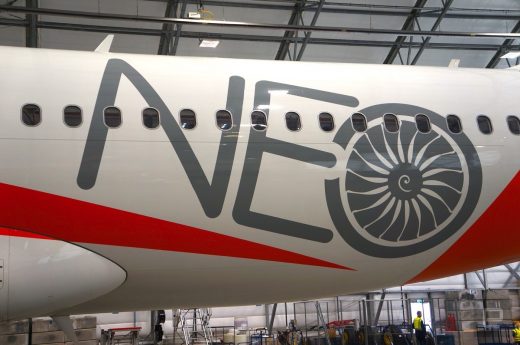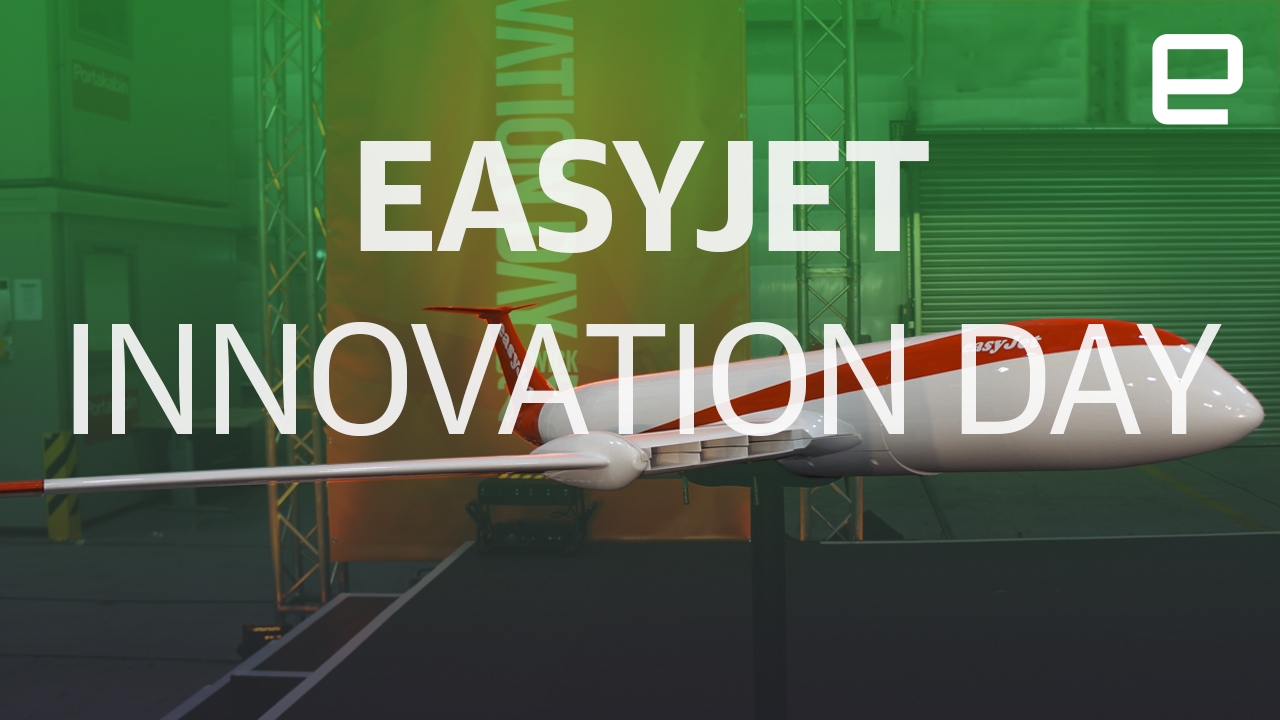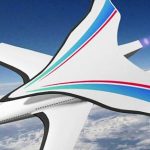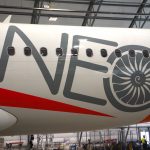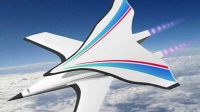easyJet is serious about electric planes
When you think of easyJet, the first thing that comes to mind is budget travel. The airline has built its brand on no-frills flights and low pricing, but that doesn’t exclude it from innovation. The company has been experimenting with new tech, from smart glasses that can detect dents in a fuselage to virtual reality cabins that can help train flight crews. For its latest demo, easyJet is thinking big: It wants to change the way we fly.
It’s also teamed up with French aerospace giant Safran to trial a new e-taxi hydrogen fuel cell technology that ensures a plane’s time spent moving on the ground produces zero emissions. easyJet estimates that around 4 percent of its total fuel is used when an aircraft is taxiing, so it could save as much as 55,000 tonnes of fuel (and the associated CO2 emissions) should the e-taxi system be applied across its 279-strong fleet.
All electric
Electric planes might be a long way off, but easyJet wants to be on the front foot when they do become a viable alternative to fuel-powered jets. The airline has partnered with US company Wright Electric to develop an all-electric aircraft capable of handling a large percentage of its short haul flights in the near future.
Right now, easyJet is providing flight data and additional diagnostics to help Wright Electric build a plane that doesn’t require jet fuel. The US startup — founded last year by a group of engineers from NASA, Boeing and Cessna — has already crafted a two-seater prototype and believes it can build a fully electric plane within the next decade.
The proposed Wright Electric plane suits easyJet because the ideal range is 540 kilometres/335 miles and it accommodate up to 120 passengers. That would cover 20 percent (or one in five) of seats flown by the airline today. Belfast to London, Bristol to Edinburgh, London to Amsterdam, Berlin to Vienna and Geneva to Paris are just a few of the routes that would benefit from a battery-powered plane.
The concept, shown below, operates in a similar way to an electric car. Batteries are laid in the hull of the aircraft and power motors inside the wing, instead of below it. This results in reduced drag and higher efficiency (plus it looks cool).
“For the first time in my career I can envisage a future without jet fuel and we are excited to be part of it,” said Carolyn McCall, easyJet’s chief executive. “It is now more a matter of when, not if, a short-haul electric plane will fly.”
According to CEO Jeff Engler, Wright Electric is still weighing up which battery tech it will use to power its aircraft but claimed that its planes will be 50 percent quieter and 10 percent cheaper for airlines to buy and operate. easyJet says this saving will then be passed on to passengers.
In-flight entertainment
Typically, easyJet flights are boring affairs. The airline specialises in short haul flights, so it’s not seen fit to include entertainment in the ticket price. However, that’s all set to change with the introduction of Air Time, a new free app that lets passengers stream movies, TV shows, audiobooks and games via their own device.
The service works by asking passengers to connect to easyJet’s inter-aircraft wireless network. Once connected, they can access a range of pre-selected video, audio and magazine content that can be played back via the browser.
The company will initially trial the app — developed in cooperation with internet service giant Rakuten and inflight network specialists Immfly — on five planes operating out Switzerland from this autumn . That doesn’t mean that Brits will miss out, as the selected aircraft will continue on their scheduled routes to and from the UK.
Staying safe
easyJet has been trialling drones for a number of years in the hope they’ll speed up aircraft ground checks and enable the airline to get its planes back in the air quicker. To begin with, the airline’s oversized UAVs needed a human operator, but aircraft surveys have now been automated. Checks that would normally take more than a day can be completed in a matter of hours and with more accuracy.
As well as autonomous drones, easyJet is working with Blue Bear and Createc on 3D scanners that can check for dents and provide a more accurate damage assessment of its aircraft. Big-winged pieces of metal in the sky travelling at 600 miles-per-hour often come into contact with birds and other debris that could ground an aircraft if undetected. easyJet hopes that by automating checks and putting trust in 3D-scanning technology, it can keep passengers safer and reduce the amount of time needed getting its aircraft back in the air.
Going green
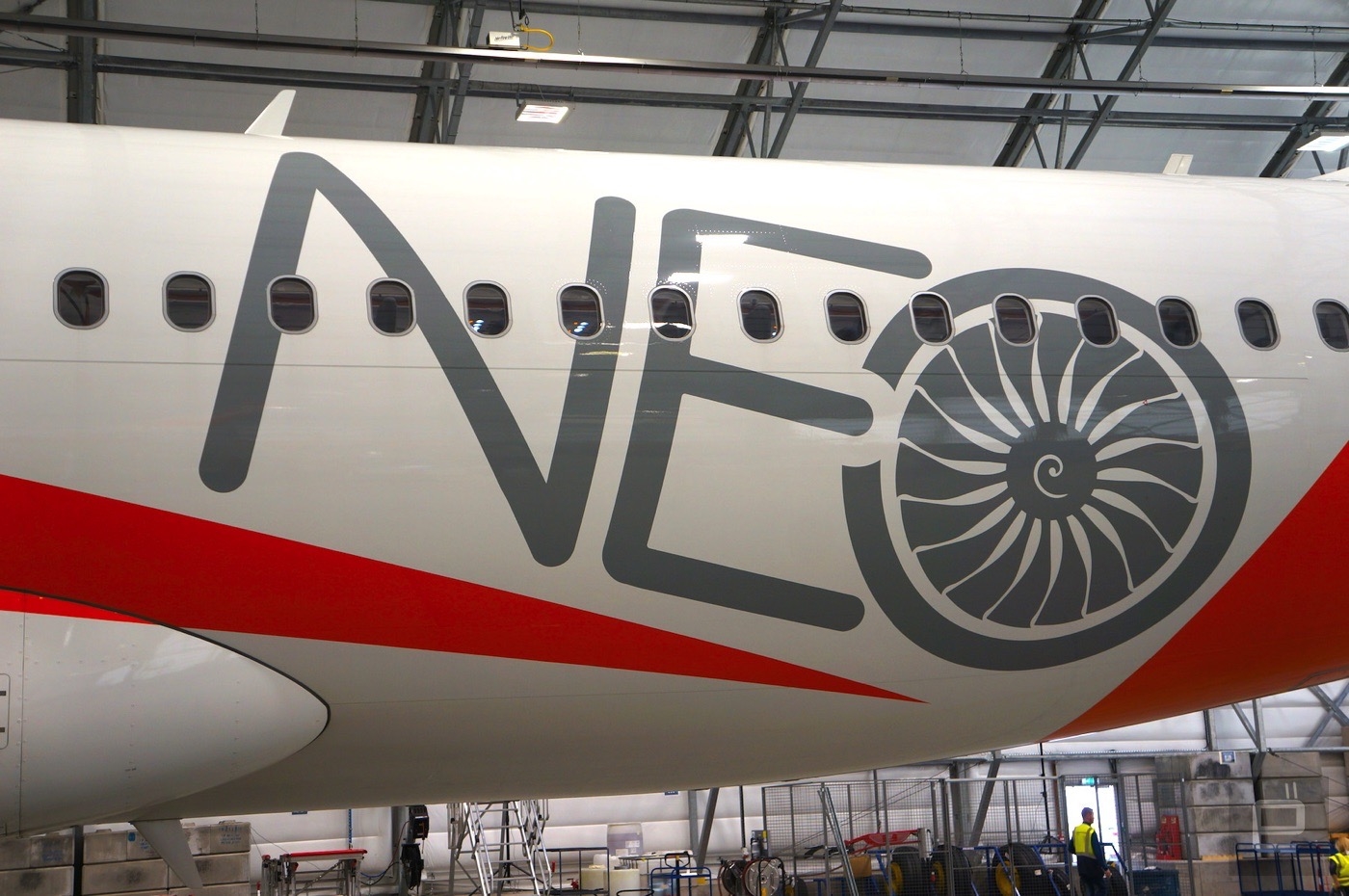
A large slice of easyJet’s time is focused on reducing the impact its planes have on the environment. The global aviation industry produces around 2 percent of all human-induced CO2 emissions and is responsible for around 12 percent of emissions from all transport sources. easyJet is mindful of that and has begun implementing a new strategy that will “progressively decarbonise and reduce noise from [its] aviation operations.”
The first step is the introduction of two new Airbus A320 neo aircraft, which are capable of cutting CO2 emissions by 15 percent and noise output by 50 percent. Between now and August 2022, the company expects to add another 98 A320 planes, plus 30 A321 neo aircraft, which easyJet says offer the lowest operating costs in the single aisle aircraft category.
easyJet can also play an active role in cutting emissions while on the ground. Typically, pilots use a plane’s remaining fuel to taxi into a terminal and wait for a diesel-powered tug to position them in the correct spot. Now, easyJet will utilise a number of electric, towbarless aircraft tugs to service its fleet of 60 aircraft at London Gatwick airport.
(51)

